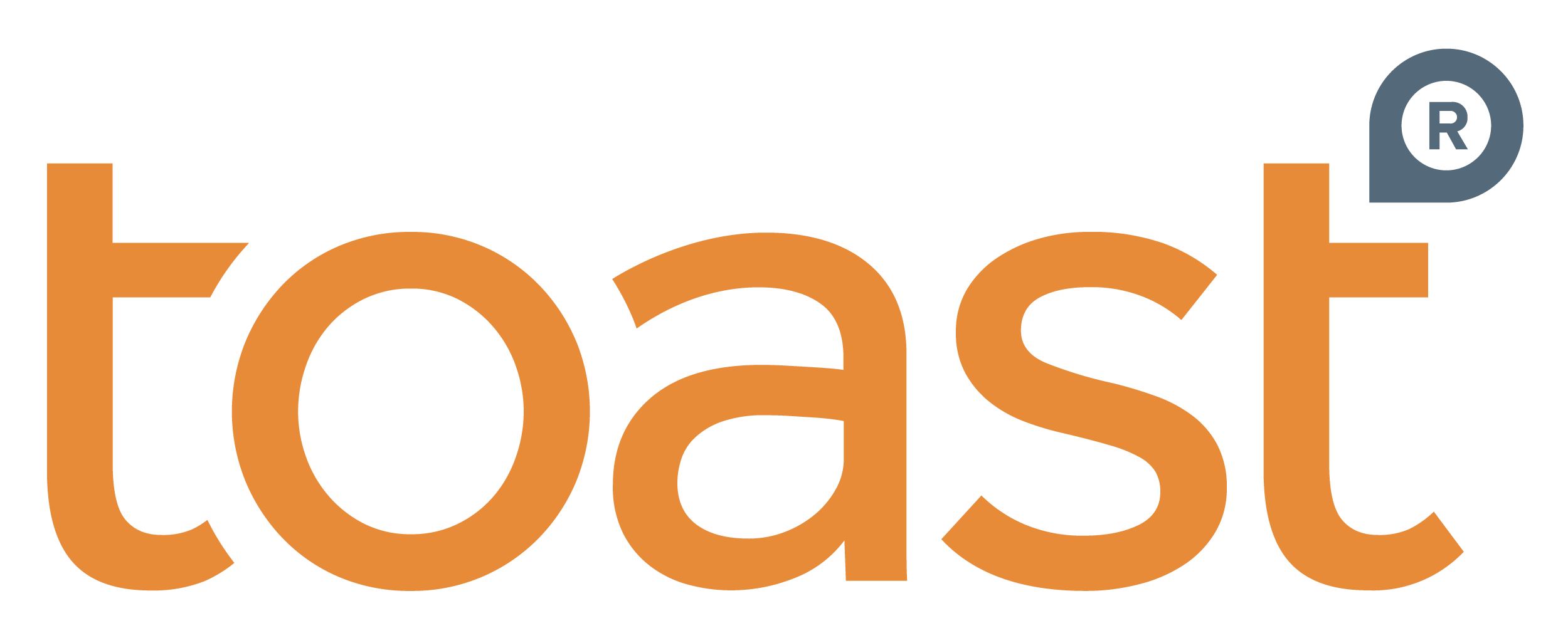Changes are always happening.
Responsive design in digital brochures is something that wouldn’t have been a concern 15 years ago,
But now, inclusivity and accessibility is more important than ever.
Don’t let your business miss out because you forgot to add in dynamic designs.
Let’s get into it.
The Shift to Mobile Usage
Mobile devices have reshaped our online habits.
Statistics reveal a substantial increase in mobile internet usage, with a growing preference for browsing on-the-go.
As people turn to their phones for information, businesses must set their marketing strategies accordingly.
And digital brochures – which once needed to fit on a computer screen – now has to fit in our hands.
What is Responsive Design?
It’s not just a buzzword; it’s a foundational approach to web and digital content creation.
Responsive design makes sure that a website (or digital brochure) can adapt dynamically to the user’s device.
Flexible grids and media queries are a big part of it, and the content reorganises itself based on the code.
It’s adaptable, dynamic and makes everyone a happy bunny.
Benefits of Responsive Design in Digital Brochures
Responsive design in digital brochures offers a myriad of bonuses, with user experience topping the list.
- Improved User Experience (UX): Responsive design means users can seamlessly navigate through your digital brochure, regardless of what tech they’re seeing it on.
- Accessibility: It doesn’t just include phones, speciality technology too. Inclusivity is a crucial consideration for businesses aiming to reach a broad audience.
- Search Engine Optimisation (SEO) Advantages: With Google’s emphasis on mobile-first indexing, responsiveness has become a significant factor in determining search rankings.
- Cross-Browser Compatibility: The design helps maintain a uniform appearance, reducing the risk of compatibility issues and ensuring a seamless experience for users, regardless of their browser preference.
- Cost-Efficiency: Developing a single responsive digital brochure that caters to multiple devices eliminates the need for separate designs for desktop, tablet, and mobile.
- Enhanced Analytics and Reporting: With a single version of your digital brochure accessible across devices, analytics tools can provide a unified view of user engagement.
Impact on Engagement and Conversion
A responsive digital brochure isn’t just about aesthetics and accessibility.
Beyond the broader benefits, the impact of responsive design on conversion rates is a critical aspect that directly influences the success of digital brochures as marketing assets.
1. Reduced Bounce Rates: A responsive design that ensures a seamless transition from device to device keeps people around for longer. The reduction in bounce rates shows that users are finding value and relevance in your content.
2. Improved Conversion Rates: Responsive design directly impacts conversion rates. When users can easily navigate and engage with your content, they are more likely to take desired actions.
3. Mobile-friendly transactions: Responsive design in digital brochures makes the checkout process is optimised for mobile users, reducing friction and simplifying the path to conversion.
4. Device-specific content: Use dynamic design to tailor content and offers based on the user’s device, giving them a personalised experience that resonates with what they like.
5. Improved performance: It often involves optimising assets for faster loading times, which improves the overall performance of your digital brochure.
6. User-friendly forms: You can create optimised forms, making them user-friendly and easy to complete on various devices.
7. Strategic positioning: Responsive design allows for strategic placement of call-to-action (CTA) buttons, ensuring they are prominent and easily accessible on all devices.
8. Consistent branding: Your brand’s visual identity remains consistent across devices, creating trust and familiarity.
Practical Tips: Responsive Design for Digital Brochures
If you want to take a crack at it – and not get the professionals involved just yet – you might want some tips.
1. Prioritise Content Hierarchy:
Visual Hierarchy for Impactful Messaging:
- Use different font sizes, colours, and styling to highlight key messages effectively.
- Adapt the visual hierarchy for various devices, make sure that essential information remains prominent regardless of screen size.
Strategically Placed Calls-to-Action (CTAs):
- Place CTAs strategically throughout your digital brochure, emphasising their importance in guiding users towards conversion points.
- Adjust the size and placement of CTAs based on device characteristics.
2. Optimise Images and Multimedia:
Balancing Visual Appeal and Performance:
- Optimise images for performance by using efficient file formats and compression techniques.
- Strike a balance between visual appeal and loading times, so images and multimedia elements contribute positively to the user experience.
Enhanced Accessibility with Alt Text:
- Implement descriptive alternative text (alt text) for images to enhance accessibility for users with visual impairments.
- Give alt text meaningful context and conveys the intended message.
3. Consistent Branding Across Devices:
Responsive Branding Elements:
- Maintain a cohesive brand identity by adapting colours, fonts, and logo placement for different devices.
- Make all branding responsive, so they are recognisable across all platforms.
Device-Specific Branding Considerations:
- Recognise that certain branding elements may need adjustments based on the device. Logo size and placement may vary between desktop and mobile views.
- Test to confirm that branding elements align with your overall design and messaging goals on every device.
4. Usability Testing Across Devices:
Diverse Device Testing:
- Test your digital brochure on a wide range of devices, including various smartphones, tablets, laptops, and desktop monitors.
- Pay attention to how responsive design adapts to different screen sizes and resolutions.
User Feedback Integration:
- Actively seek feedback from users on different devices to gain valuable insights into their experiences.
- Use feedback to make improvements, addressing any specific issues users may encounter and refine design for optimal usability.
Final Thoughts
Responsive design in digital brochures is not optional. Not anymore.
People expect to be able to do everything on their phones nowadays, and if you can’t deliver, they’ll look elsewhere.
If you want a digital brochure that’s functional and a little bit sexy, reach out to Toast, and we’ll workshop together to design the best brochure for you.

